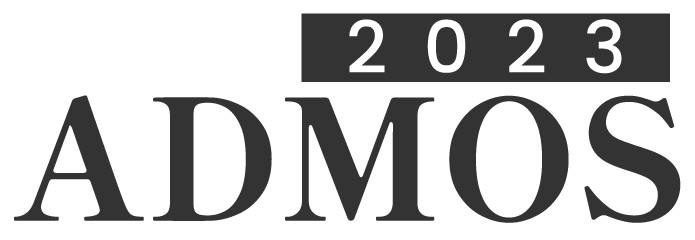

High Continuity Basis’s Impact on Continuous Global L2 (CGL2) Recovery
Please login to view abstract download link
ABSTRACT In the recovery-based estimates method, we employ a projection technique to recover a post-processed quantity (usually the stresses or the gradient computed from the FE-approximation). The error is estimated by taking the difference between the recovered quantity and the FE-solution. An easy procedure to implement is the continuous global L2 (CGL2) recovery initially used for a posteriori error estimation by Zienkiewicz and Zhu [1]. Kumar, Kvamsdal and Johannessen [2] developed CGL2 and Superconvergent Patch Recovery (SPR) error estimation methods applicable for adaptive refinement using LR B-splines [3] and observed very good results for both the CGL2 and the SPR recovery technique. However, Cai and Zhang reported in [4] a case of malfunction for the CGL2-recovery applied to second order triangular and tetrahedral Lagrange finite element. Here we will start out by presenting a motivational example that illustrates the benefits of using high regularity splines in the CGL2 based gradient recovery procedure compared to using the classical Lagrange FEM basis functions. We will then show the performance on some benchmark problems comparing the use of splines versus Lagrange basis functions. REFERENCES [1] O. Zienkiewicz, J. Z. Zhu, “A simple error estimator and adaptive procedure for practical engineering analysis”, International Journal for Numerical Methods in Engineering, Vol. 24, pp. 337–357, (1987). [2] M. Kumar, T. Kvamsdal, and K. A. Johannessen, “Superconvergent patch recovery and a posteriori error estimation technique in adaptive isogeometric analysis”. Computer Methods in Applied Mechanics and Engineering, Vol. 316, pp. 1086-1156, (2017). [3] K. A. Johannessen, T. Kvamsdal, and T. Dokken, “Isogeometric analysis using LR B-splines”. Computer Methods in Applied Mechanics and Engineering, 269:471–514, 2014. [4] Z. Cai, S. Zhang, “Flux recovery and a posteriori error estimators: conforming elements for scalar elliptic equations”, SIAM Journal of Numerical Analysis, Vol. 48, pp. 578–602, (2010).

